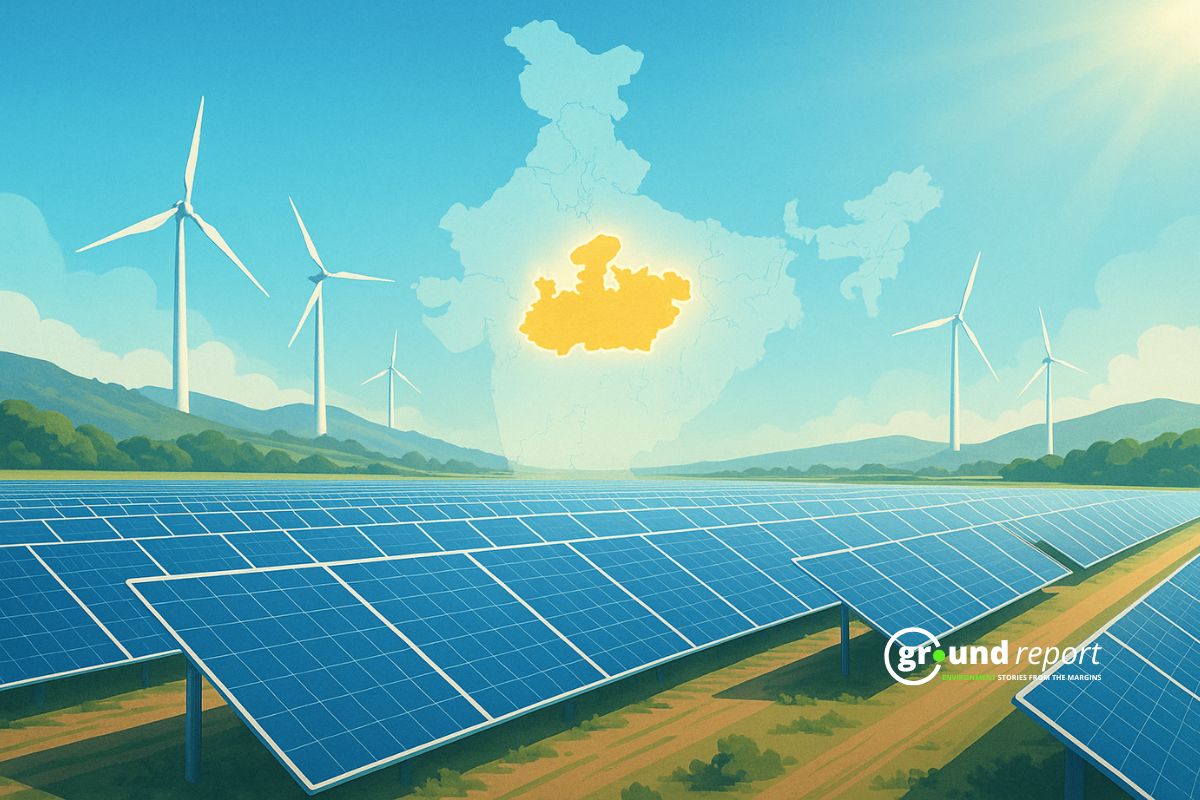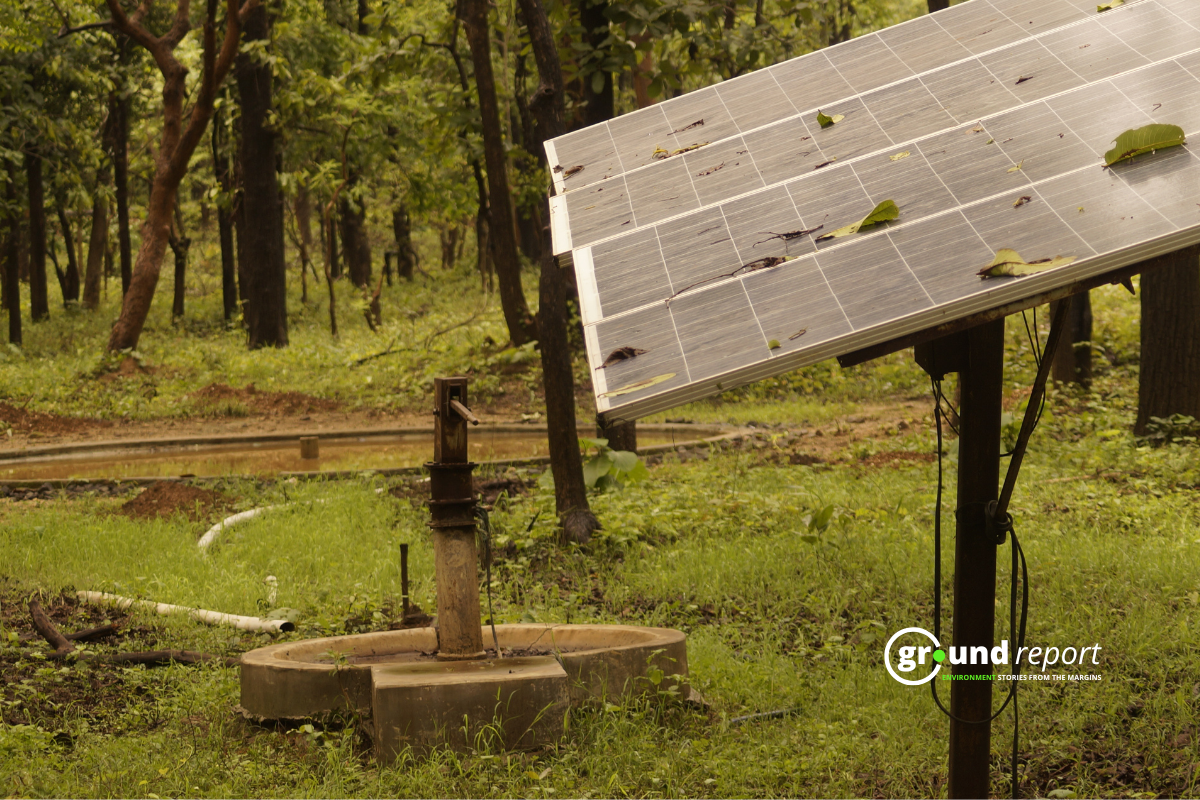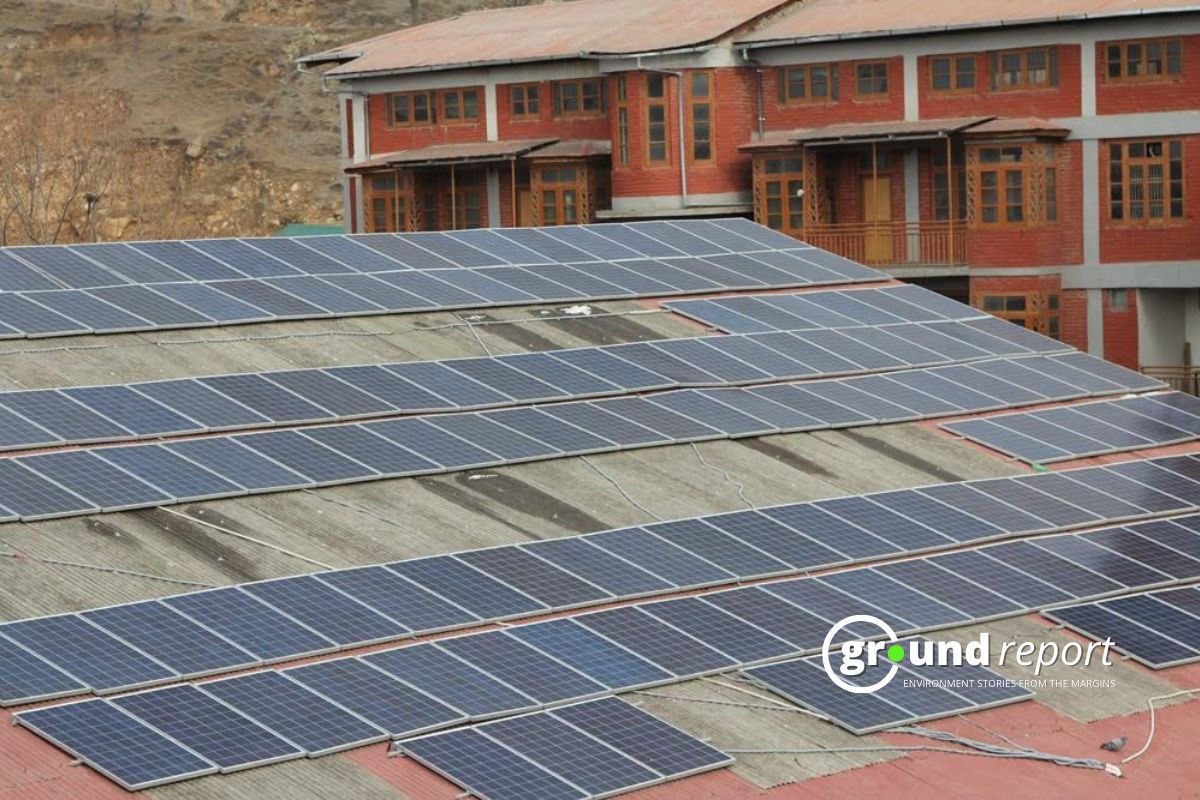A new report from energy think tank Ember reveals that a year after the COP28 pledge to triple global renewable energy capacity by 2030, governments have made minimal progress in updating their targets. Despite the growth of solar power and falling renewable energy costs, national commitments remain unchanged, highlighting a gap between market potential and government ambition.
Govts lag behind COP28 renewable goals
During COP28, over 130 countries agreed to a global target of tripling renewable energy capacity and doubling energy efficiency improvements by 2030. However, as of October 2024, only eight countries revised their renewable targets, resulting in a 4 GW increase in global renewable energy targets, an insignificant step toward the tripling goal.
Ember’s analysis shows the combined 2030 national renewable energy targets are 7,242 GW, reflecting a 2.1x increase from the 3,379 GW capacity in 2022. By 2030, 3,758 GW of additional renewable capacity will be required to meet the global tripling target. The report stresses that without significant policy adjustments, countries will fall short.
While national targets have stagnated, the solar energy market has grown, prompting organizations to revise forecasts. The International Energy Agency (IEA) has increased its 2030 solar projections by 22% over the past year, aligning with a fivefold increase to meet the tripling goal. Despite this optimism, national solar targets lag; countries aim for 3,011 GW of solar capacity by 2030, only 2.5 times the 2022 figure of 1,210 GW.
Wind targets fall short of goals
Wind energy targets reflect a lack of ambition. Current national commitments suggest a doubling of global wind capacity to around 2,100 GW by 2030. This falls short of the tripling needed to meet the global goal, leaving a gap that requires immediate policy intervention and increased investments in wind energy infrastructure.
Dr. Katye Altieri, Electricity Analyst at Ember, noted, “Renewable energy markets are expanding faster than expected, driven by decreasing costs and improved technology. Yet, government targets haven’t caught up. To harness this growth, countries need to set more ambitious goals.”
The report, analyzing national renewable energy targets for 96 countries and the EU, found large regional disparities. These areas account for 96% of the world’s renewable capacity, 95% of global electricity demand, and 94% of power sector emissions. Despite this coverage, many regions, including the Middle East and North Africa (MENA), Sub-Saharan Africa, Eurasia, Latin America, and Asia, have set targets that fall short of the tripling goal by 2030.
Storage targets lag behind global needs
Energy storage is crucial for grid stabilization and higher renewable energy integration. The COP29 presidency aims to increase global energy storage capacity sixfold by 2030, targeting 1,500 GW. However, Ember’s analysis shows that only 30 of 96 countries have established national storage targets. The combined 2030 storage goals from these countries total 284 GW, creating a shortfall of 1,216 GW compared to the global target and 492 GW below the BloombergNEF (BNEF) market forecast.
Ember’s report highlights that without swift policy updates and enhanced national targets, achieving the tripling of global renewable energy capacity by 2030 will remain out of reach. The rapid expansion of renewable markets, falling costs, and technological advancements should give governments the confidence to elevate their targets.
The COP29 conference and the 2025 update of Nationally Determined Contributions (NDCs) present key opportunities for governments to close the gap between current national targets and necessary capacity growth. Raising ambitions now is essential to meet or exceed the 2030 tripling goal, ensure energy security, and combat climate change effectively.
“Unlocking the full potential of renewable energy requires immediate action from governments worldwide,” concluded Dr. Altieri. “The market is ready; it’s up to policymakers to match this momentum with clear and ambitious targets.”
Support us to keep independent environmental journalism alive in India.
Keep Reading
Govt shelves elephant census, population drops 20% in 5 years
Wildlife SOS mourns passing of Suzy, 74, oldest rescued Elephant
Asian Elephants display complex mourning rituals similar to humans: study
Asian Elephant populations threatened by rapid ecosystem decline
Follow Ground Report on X, Instagram and Facebook for environmental and underreported stories from the margins. Give us feedback on our email id greport2018@gmail.com.
Don’t forget to Subscribe to our weekly newsletter, Join our community on WhatsApp, and Follow our YouTube Channel for video stories.









